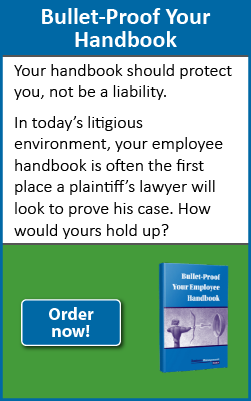Switch your Savings Bond allegiance from EE to HH now
Check your stockpile of Series EE Savings Bonds. Time is running short on a great tax-deferral strategy.
With Series EE bonds, you earn tax-deferred interest. But eventually, you’ll face a huge tax hit when you cash them in.
Strategy: Swap the EE bonds you currently own for Series HH bonds. You pay no tax when making the switch. And in the future, you’d pay tax on the interest income from the HH bonds as it’s received, spreading out the tax liability over time (and likely when you’re in a lower tax bracket).
The accumulated interest from the EE bonds isn’t taxed until you cash in your HH bonds.
Act now: HH bonds dry up in 2004
This tried-and-true strategy takes on added significance now. Why? The U.S. Treasury Department recently announced it will discontinue Series HH bonds midway through 2004.
Even though the interest rate for HH bonds has been shaved from 4 percent to 1.5 percent, this-tax deferral technique still makes sense for many taxpayers, especially those who are nearing retirement.
Assuming you don’t need the cash right away, you can convert EE bonds into HH bonds after you’ve held them for at least six months.
After that, you are liable for the tax on the HH bond interest as it’s received, but you still postpone the tax on the accrued EE bond interest. HH bonds pay out interest twice a year.
How to make the swap
You can swap your EE bonds for HH bonds at a commercial bank by filling out Form PD F 3253. This Form also enables you to directly deposit the funds into the bank account of your choice.
It takes 20 years for HH bonds to mature. With that time span, you can hold onto the bonds until you retire, when you expect a lower tax bracket than your peak earning years.
Pay tax when receiving income?
It’s not a good idea to make a special election that causes you to owe tax on your Series EE bond income as it’s received. Usually, the best option remains deferring the tax until redeeming the bonds. But you can choose to report the interest annually on your tax return instead of deferring the tax.
The catch: Once you make that election, you must continue to report the interest annually for all Savings Bonds you own. You can’t undo that election unless the IRS grants special permission.
If you don’t report the interest annually and you hold the bonds until maturity, the accrued interest becomes automatically taxable to you at that time. Usually, that works out for the best because you earn many years of tax-deferral advantages. That’s why electing to pay tax annually, instead of at maturity, is usually a bad idea.
QUICK TIP
Don’t sit on matured bonds. If you’re like most Americans, you probably have some U.S. Savings Bonds stuffed in a file somewhere. You should check the date on those bonds and cash in matured ones. Reason: Once a bond reaches its final maturity date, it no longer pays interest. Even worse, the accrued interest is taxable in the year of maturity—assuming you’re not reporting the interest annually—even if you don’t redeem the bonds. Tip: Series E bonds (the precursor of Series EE bonds) issued in 1974 have a final maturity of 30 years, so those bonds should be redeemed this year.




